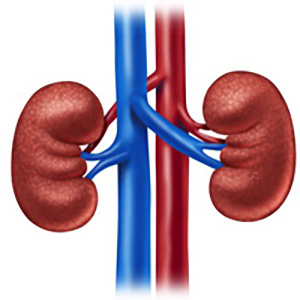Hands on wet lab and live surgery training in PCNL: Any impact to surgical skills of attending surgeons?

Submitted: June 6, 2022
Accepted: June 23, 2022
Published: September 26, 2022
Accepted: June 23, 2022
Abstract Views: 740
pdf: 454
Publisher's note
All claims expressed in this article are solely those of the authors and do not necessarily represent those of their affiliated organizations, or those of the publisher, the editors and the reviewers. Any product that may be evaluated in this article or claim that may be made by its manufacturer is not guaranteed or endorsed by the publisher.
All claims expressed in this article are solely those of the authors and do not necessarily represent those of their affiliated organizations, or those of the publisher, the editors and the reviewers. Any product that may be evaluated in this article or claim that may be made by its manufacturer is not guaranteed or endorsed by the publisher.

 https://doi.org/10.4081/aiua.2022.3.300
https://doi.org/10.4081/aiua.2022.3.300



